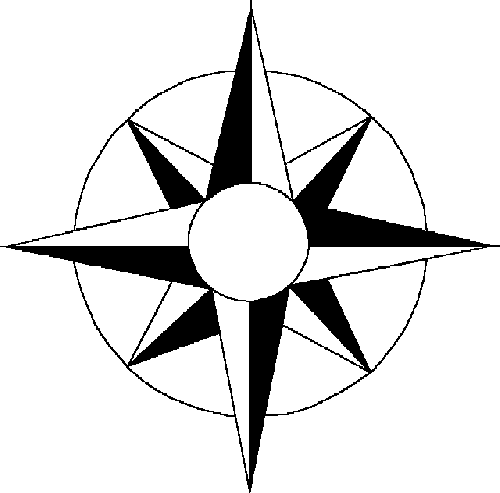The FGS Numbering System Format
In the FGS (Family Generation Sibling)
format, each person is limited to a single line, and a unique reference
can be made to any person using their FGS number.
"F" is the filename,
and usually indicates which family is being considered, such as "JLX_LEE",
"Hugh_LEE", VA_LEEs", etc. Within this file there are the lines,
each composed of 3 parts: a generation #, a sibling order, and the name
& data for a person. Occasionally, this is followed by the source
of the data in square brackets.
"SSSS..." is the sibling order (the 2nd #). If you're familiar with the "1-2-3" system, mine is the same, but the hyphens are removed to save space. In short, the 7th child of "by643" is "by6437", and that person's 3rd child is "by64373". Note that each column of the # is a generation. Also, the # of digits in the sib# must be the same as the gen# (done for error checking against "insert" typos -- unless there's a "." in the sib#, in which case the rule DOES NOT apply). If the birth order is unknown, a small letter is used. If the birth # exceeds 9 (ie.2-digit), then a CAPITAL letter is used, where A=10, B=11, etc.(letters like I & O, which might look like #'s are skipped). A trailing hyphen indicates "the spouse of" the same #.
After the name, dates and places are in the format "yyyy.mm.dd.city,county'state". Note that the apostrophe replaces "Co.", "m" or "mx" where x is a #, is the marriage. "u." means "buried", and "r." is "resided".
To obtain a unique FGS # for a person, the proper format is, for example, "JLX_LEE-11-xxb14B11814", however, when all work is being done within a single file (like JLX_LEE), the "F" can be left off. Using the longer form, you can make reference to someone in a different file. For example, if 6-123456 Lee, Mary marr'd Smith, John, he would have the same # as her, but with a trailing "-" in the LEE file, but could be 4-bx24 in the SMITH file. He would then be shown in the LEE file as: 6-123456- Smith, John [Smith-4-bx24].
If I've left anything out, or you're still confused, please contact me for more explanation.

Site Map